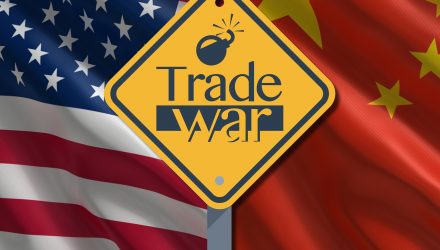In France and Germany, the Purchasing Managers Index (PMI) fell for March. In the UK, the manufacturing PMI clocked in at 55.1, while services reached just 51.7. In China and Japan, the PMI for both manufacturing and services rose for the month of March.3
But despite increases here and decreases there, it’s important to note that the numbers in all of these regions remain above 50, suggesting the continuation of economic expansion. And while the recently released Bank of Canada Business Outlook Survey indicates a slowdown in GDP growth this year, I was surprised to see business executives’ sentiment remains positive.
I found this very significant given that Canada would likely be hurt by protectionism in general and the US pulling out of NAFTA in particular. Far more important than sentiment are hiring plans, which are positive, and business investment plans, which remain solid (although they are down from the previous quarter). While the global growth environment has lost some momentum, it is still positive.
2. Monetary policy remains accommodative. In a speech last Friday, FOMC Chair Jerome Powell suggested that monetary policy normalization remains on course. Powell explained that it’s “too early to say” what effect a potential trade war between the US and China would have on the economic outlook, and that he doesn’t see any implications “yet.”
This makes sense — it would be impossible to form an outlook since we don’t know how this situation will play out. But this raises uncertainty about how the Fed might adapt if the trade situation deteriorates, particularly the potential for a slowdown in tightening — and that, by the way, carries with it the risk of policy uncertainty. Other than that, Powell’s message was that the labor market is strong and that inflation will come up — but neither seems to be at problematic levels.
This suggested that, at this time, the Fed plans a gradual and measured pace of rate hikes. However, I continue to worry that data will indicate inflation rising enough to force the Fed’s hand in tightening more quickly.
Related: How Treasury Inflation Protection Works
Looking ahead
Even though these two key drivers remain intact, that doesn’t mean there aren’t risks. I still believe the most likely risk is that monetary policy tightens more quickly than expected. (The epicenter of this risk is, of course, the US.) And tightening doesn’t only mean that rates rise more quickly than expected — the far greater threat would be an acceleration in balance sheet normalization by the Fed.
In this environment, I do not believe an exodus from risk assets is warranted, but I strongly encourage broad and deep diversification. That may mean adequate exposure to both international and smaller-cap equities, exposure to a wide variety of fixed income sub-asset classes, and adequate exposure to alternatives that have low correlations with traditional equities and fixed income. Investors should talk to their financial advisor about the exposure that is right for their needs.
Looking ahead, here’s what to watch in the coming days:
- Tech watch. I expect more of the same March jitters for tech stocks as Facebook CEO Mark Zuckerberg testifies before Congress and markets contemplate greater regulation of some tech companies such as Facebook.
- Earnings watch. I expect earnings season to be strong, which should be positive for the stock market. As of April 6, 53 companies in the S&P 500 Index issued positive earnings guidance for the first quarter — which is far above the five-year average. And with just 23 companies already reporting first-quarter earnings, 74% reported a positive sales surprise as of April 6.4 I expect that trend to continue.
- Protectionism watch. Chinese President Xi Jinping will be speaking at the Boao Forum. The assumption is that he will dial down the protectionist rhetoric; however, I would not be surprised if that does not happen. We will want to follow this closely because, if Xi does not assuage investor concerns, we could see more market turbulence.
This article has been republished with permission from Invesco Powershares.

